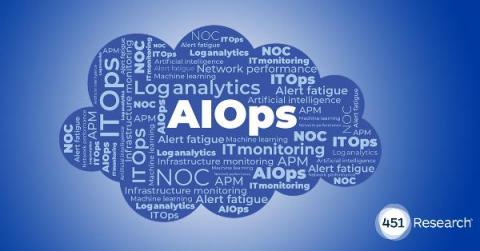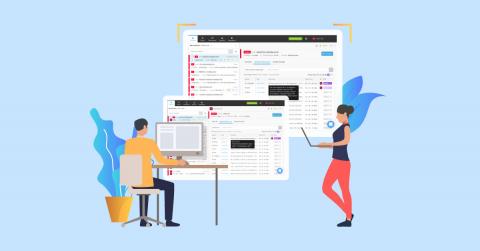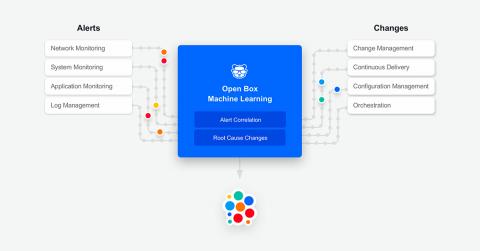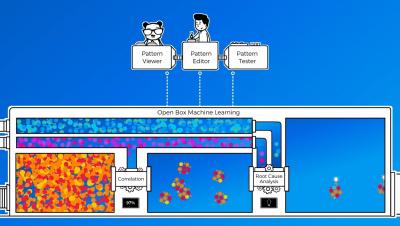"Homegrown" May Be Good for Tomatoes, Not So Much for IT Ops
In the past, many organizations grew and managed their own data centers. Some still do. And many are still developing their own automated incident management (aka Autonomous Operations) tools. But as IT grows and becomes evermore complex and fast-moving, the reality of what it means to do so kicks in, and organizations are re-evaluating their strategies.











